Ascension Island Expedition — Caithness
FORSINARD, Scotland (Wednesday, March 7, 2007) – Monday, I took a Rapson’s bus over to Wick, on the northeastern coast of Scotland. I was not very interested in visiting Wick, but it was the jumping-off place to get to Noss Head, site of a working lighthouse as well as the Clan Sinclair Study Centre, and Castle Sinclair Girnigoe, a complex of two Clan Sinclair structures that were recently added to the WorldHeritage list.
I was supposed to call Ian Sinclair, the owner of Noss Head and the director of the study centre, and arrange for him to pick me up from Wick, but I could not reach him on the phone. I was told by locals it was about a three-mile walk to Noss Head, so I had lunch and set off.
It was longer than three miles.
The walk, while long, was pleasant. I stopped a short distance out of Wick to photograph the surf slamming into the shore. I had conversations with sheep, a pony (who got a gentle scratch on the nose for his trouble), and several dogs along the way.
I had some problems, like what do you do when your bladder is screeching for relief and there are no trees in sight for several miles/kilometers in either direction. I will leave my solution to your imagination.)
KINBRACE, Scotland (Wednesday, March 7, 2007) – Eventually, I passed the last farm on the way to Noss Head, finally made contact with Sinclair (he had been at a doctor’s appointment when I first called), and entered the Noss Head property. I had been battered by the wind for more than an hour, my legs felt like rubber, and I was plain damn tired. I had been walking with my head down, watching my shadow as the wind whipped my hair into shadowy patterns that looked like dark fire, thus failed to notice I had come into the presence of a large highland bull.
The bull stared at me, I said hello to him and had a little chat, and continued on up to the lighthouse without any interference from him or his compatriots. As I reached the light I was attacked by a border collie, Charlie. (Charlie attacked me silently with a waggy tail.) We exchanged greetings, and I went on to find Sinclair.
KILDONAN, Scotland (Wednesday, March 7, 2007) – Sinclair is an amazing individual. He used to run a commercial diving business, then began manufacturing dive equipment such as dry suits and hot-water suits. He bought the lighthouse grounds from someone who had let the property fall apart, restored the keeper’s houses, and moved in to what had been the assistant keepers’ homes.
Sinclair knocked out a wall that had separated the two homes to make it one, and in the large central room he established the rather impressive Niven Sinclair library. It holds a substantial number of references on the Sinclairs, related families, Scotland, and more.
We chatted for a bit over coffee, and then set out to visit the castle site. He got a four-wheeler out of what had been a barn, started it up, and Charlie – who had been viciously attacking a large red ball previously – began digging up part of a ditch and barking at mysterious creatures lurking in the mud. Charlie was quite a mess when he came up for air.
HELMSDALE, Scotland (Wednesday, March 7, 2007) – We started down the road to the path that leads to the castle, but the buggy was stopping intermittently, so he returned to the barn and I continued on foot by myself. Just before arriving at the castle sites, I noticed the dramatic cliffs dropping off into Sinclair Bay. I had to take some pictures. Sinclair rode up as I resumed my walk to the castle site.
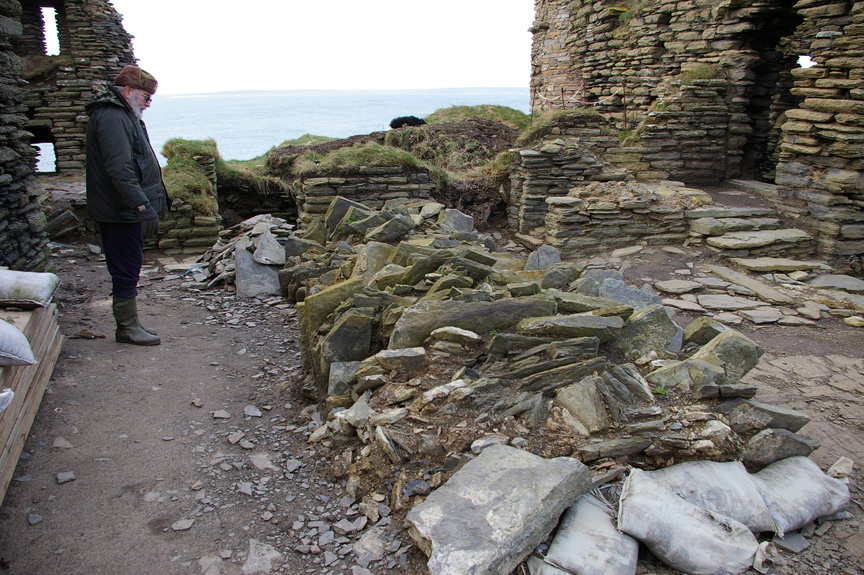
Ian Sinclair looks over rubble from a collapsed chimney at Castle Sinclair. (Copyright © 2007 David M. Lawrence)
BERWICK-UPON-TWEED, England (Thursday, March 8, 2007) – Sinclair gave me the insider’s tour of the castle. The restoration work has gone well. The most distinctive part of the Sinclair portion, which featured a weakly supported chimney, was on the verge of collapse, but has been stabilized. The work was recently finished and the scaffolding removed.
Excavations have been done on portions of the complex, and the data is now being analyzed. Sinclair and I crawled through the ruins, visiting rooms – including guardhouses, officers’ quarters, spiral stairways, latrines built into the walls that emptied into the sea, a dungeon in Girnigoe, and the chief’s quarters on the second floor of Girnigoe. I visited a hidden room off a chimney in Girnigoe that could be accessed easily via an easily concealed passageway in the chief’s quarters.
After going through the castles we climbed up another scaffold that took us up to about the third-floor level of Girnigoe. The wind was picking up, the scaffold was shaking a bit, and I was nervous, but the views from the top were worth the effort and fear.
When we climbed down we walked to the end of the point where the castles are located. There are the remains of what they believe to be animal pens, a blacksmith shop, derricks, and other structures hidden beneath centuries of overgrowth.
Before leaving I walked down between the point and the mainland. I touched the North Sea, and it touched me.
Sinclair and I returned to the lighthouse for coffee and bisquits (cookies), and he drove me back to the bus stop in Wick. While there, I was accosted by three young boys whom I felt were trying to see if they could pick my pocket. When they found that I was not going to leave them an opening, they started talking to me. We had a grand time talking about fags (cigarettes), poontang (I did NOT bring that up, nor did I prolong the discussion), and even serious things like school.
They left, I still had a long wait for the bus, and went into a bar for coffee and warmth. I had a nice chat with a guy up in Wick to build a scaffold for another castle restoration. In time, the bus showed up and I returned to Thurso, cold, exhausted, and damp, but exhilarated after a tremendous day.
NEWCASTLE-UPON-TYNE, England (Thursday, March 8, 2007) – That night, a wicked storm blew through the area, with gale-force winds and hurricane-force gusts. I was hoping to go to Orkney the next day, but worried the ferry would not be able to make it.
Leave a Response
You must be logged in to post a comment.


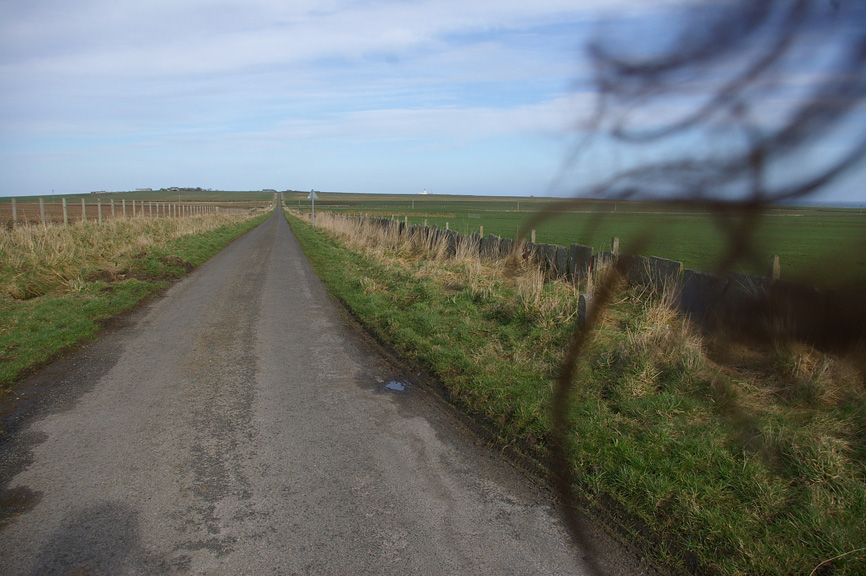
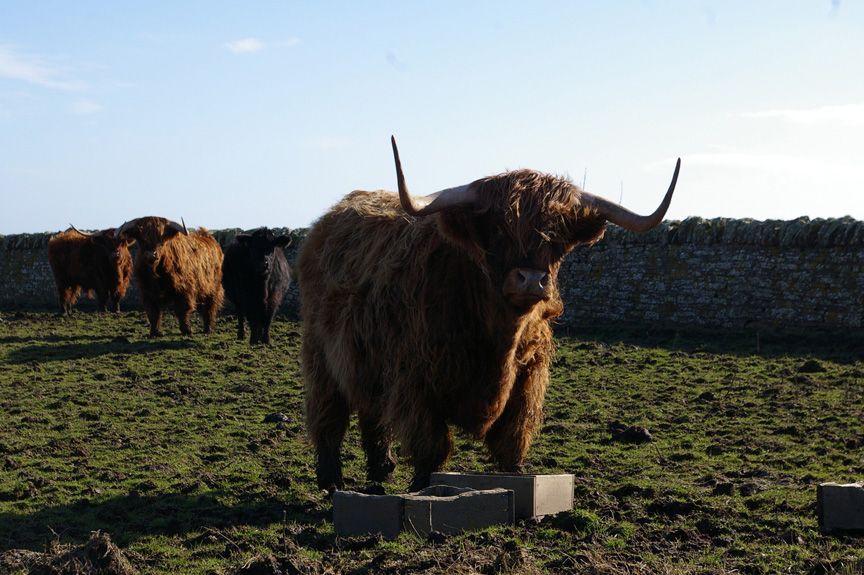

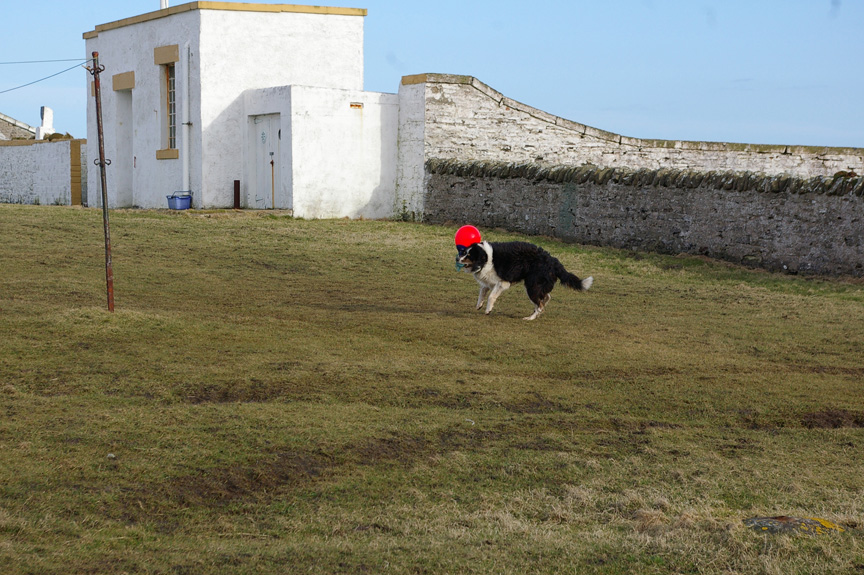
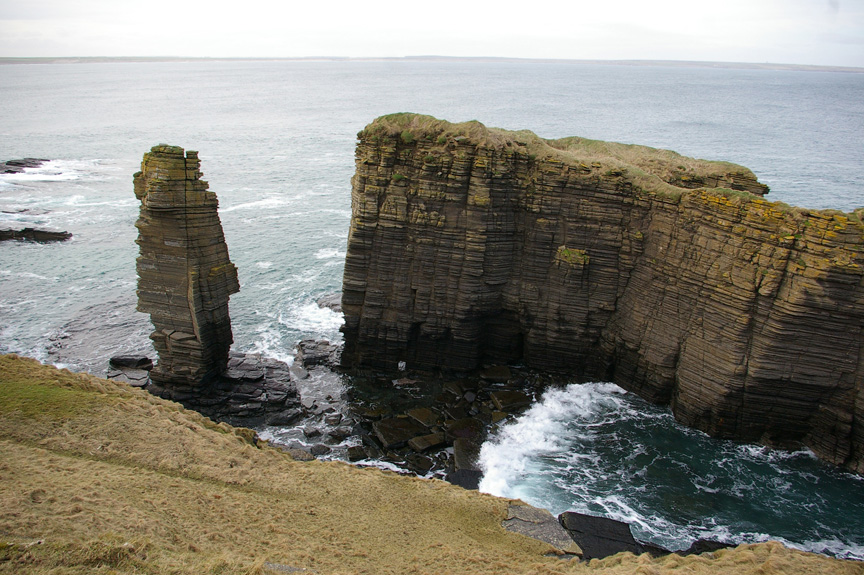

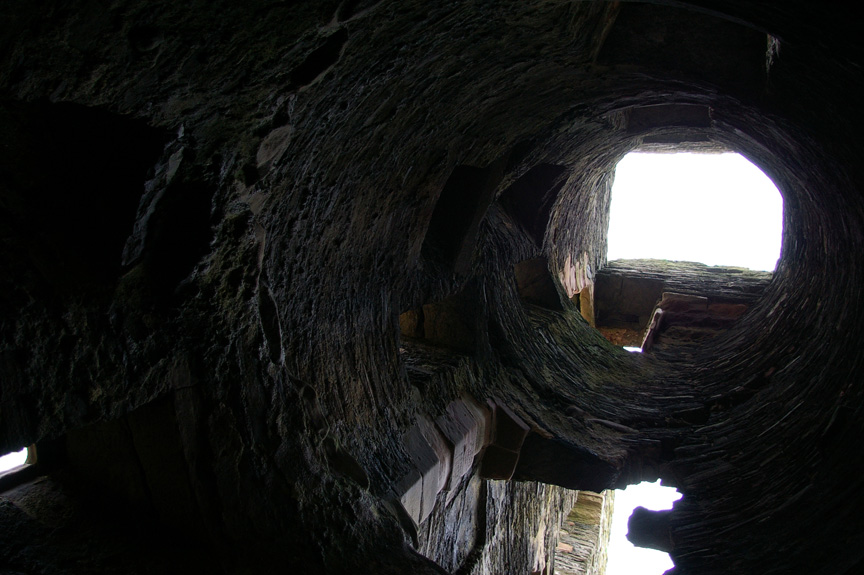
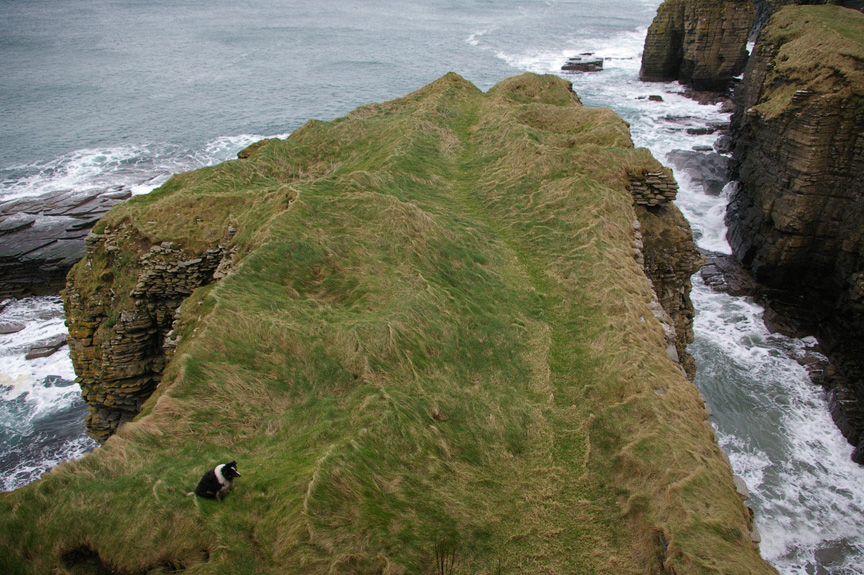
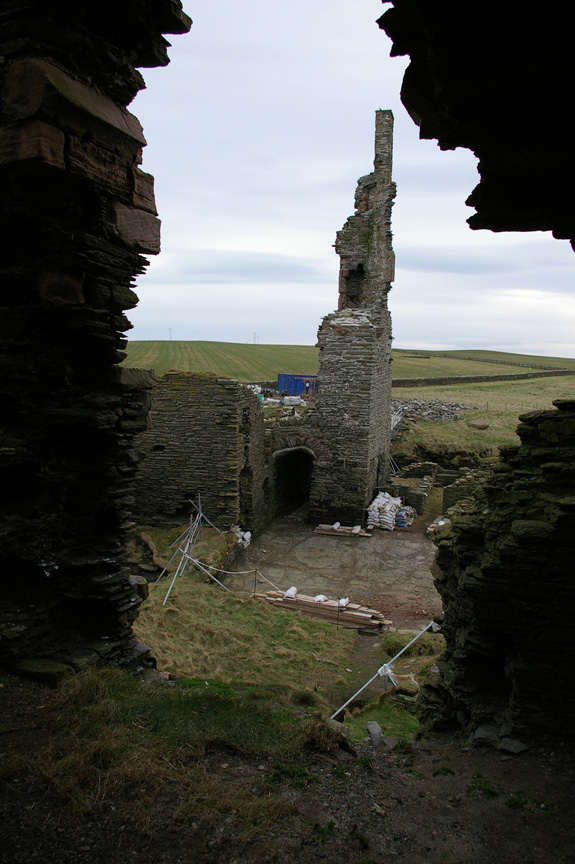
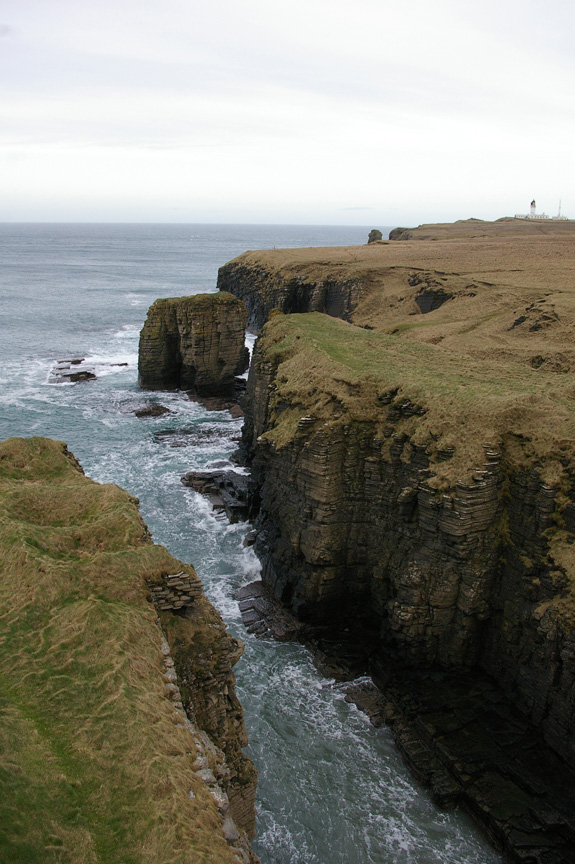
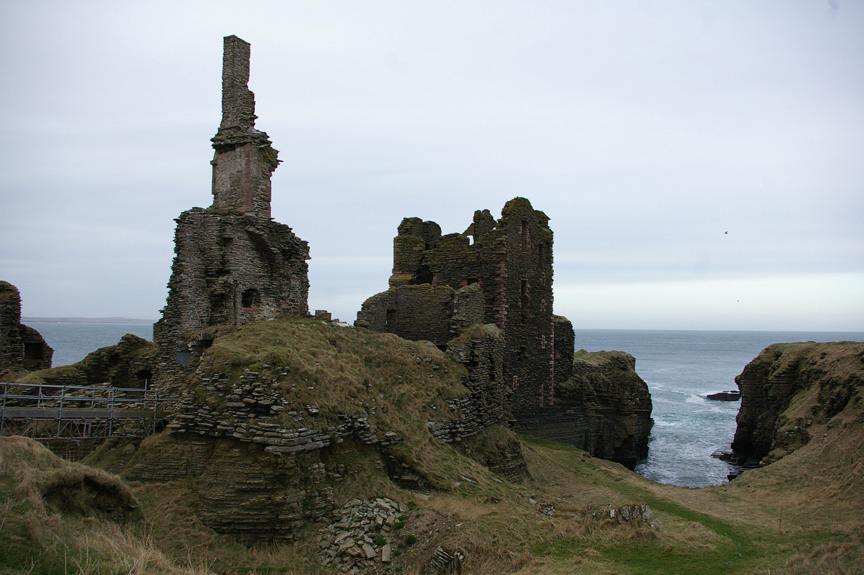


You must be logged in to post a comment.